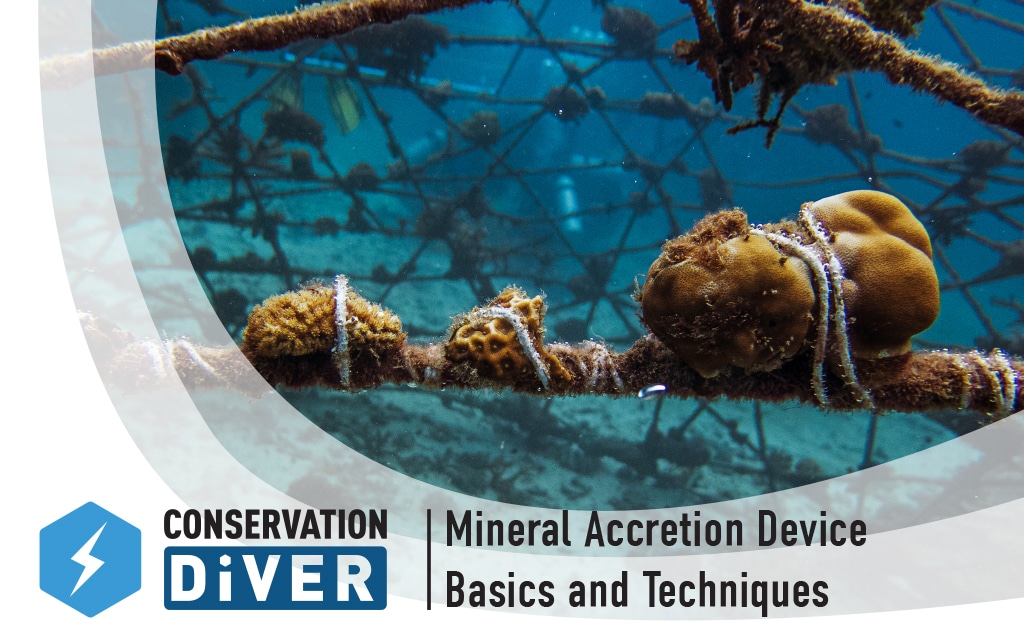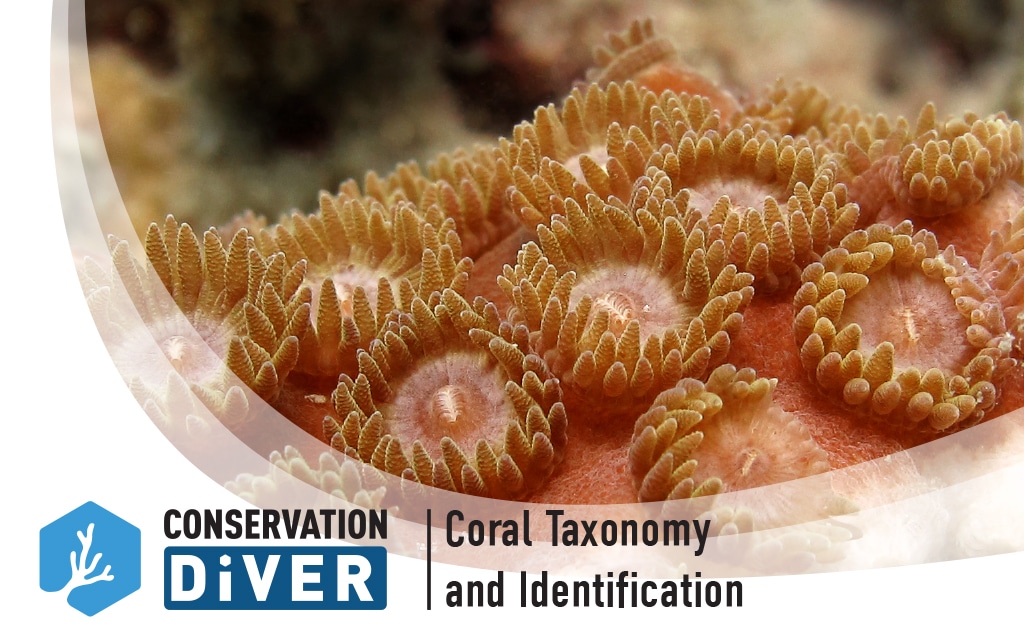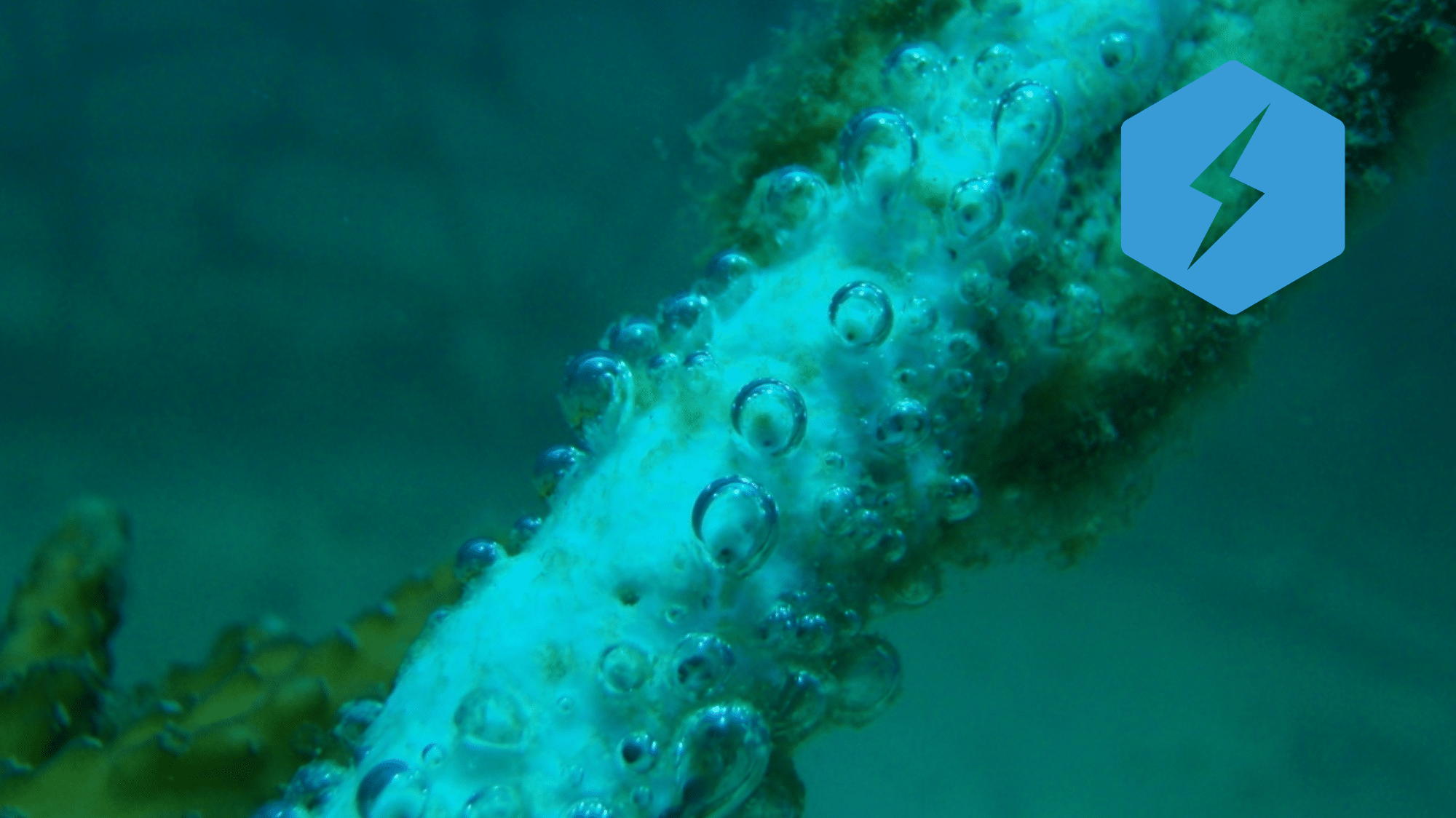Coral Predators Monitoring & Monitoring
Coral Predators Monitoring & Management

The Coral Predators Monitoring and Management Course is designed to give students an introduction to the impacts of over-populations or outbreaks of coral predators such as the Crown of Thorns starfish and Drupella Snails. The course teaches students about the causes and effects of imbalances in the reef ecosystem, and gives them the knowledge and skills to monitor and assess coral predator populations. In addition to learning about ways to address the root of the problem, students will also learn how to safely and effectively manage populations of coral predators to increase reef resilience, decrease mortality following bleaching events, and be proactive in managing coral reef areas for future sustainability .




Prerequisites
- Be 12 years of age or older
- Be certified as an Advanced diver under a leading diving organization (PADI, SSI, RAID, etc) or an Open Water diver who has satisfactorily completed a buoyancy appraisal with a professional diver
- Demonstrate proper diving ability at an advanced Level and be proficient in buoyancy and self-awareness
- Be certified in our Ecological Monitoring Program
Standards
- Understand the role coral predators play in the ecosystem
- Understand current theory on population dynamics of coral predators in stressed reef ecosystems
- Learn about the root causes of coral predator population outbreaks
- Understand the life-history and reproductive strategies of organisms such as Drupella Snails and Crown of Thorns Starfish
- Learn how to safely and effectively manage populations of coral predators
- Practice assessing coral predator abundance and managing populations
Requirements
- Attend the lecture on coral predators
- Perform a coral predator population survey
- If research suggests a local outbreak then perform a predator management and removal dive
Expected course time about 6 hours
Certification Card

Training Centers
Published Papers and reports Related to this course
- Population dynamics of corallivores (Drupella and Acanthaster) on coral reefs of Koh Tao, a diving destination in the Gulf of Thailand by Chad M. Scott, Rahul Mehrotra, Margaux Y. Hein, Michelangelo S. Moerland, and Bert W. Hoeksema
- In-situ egg deposition by corallivorous snails on mushroom corals at Koh Tao (Gulf of Thailand) by Chad M. Scott, Rahul Mehrotra and Bert W. Hoeksema
- Prey selection of corallivorous muricids at Koh Tao (Gulf of Thailand) four years after a major coral bleaching event by Michelangelo S. Moerland, Chad M. Scott and Bert W. Hoeksema
- Spawning observation of Acanthaster planci in the Gulf of Thailand by Chad M. Scott, Rahul Mehrotra and Pau Urgell Plaza
- Dietary shift in corallivorous Drupella snails following a major bleaching event at Koh Tao, Gulf of Thailand by B.W. Hoeksema, C. Scott & J.D. True
Mineral Accretion Technology
Mineral Accretion Technology Basics & Techniques

The Mineral Accretion Technology Basics & Techniques Course is designed to give students an introduction to the impacts of climate change on coral reefs around the planet, and also on tools that can be used to protect corals in the face of bleaching events. The course teaches students the basics of ocean chemistry, sea water electrolysis, and the construction/maintenance of low-voltage mineral accretion devices.
Prerequisites
- Be 12 years of age or older
- Be certified as an Advanced diver under a leading diving organization (PADI, SSI, RAID, etc) or an Open Water diver who has satisfactorily completed a buoyancy appraisal with a professional diver
- Demonstrate proper diving ability at an advanced Level and be proficient in buoyancy and self-awareness
- Be certified in our Ecological Monitoring Program and the Artificial Reef Theory and Techniques courses
Standards
- Understand the global effects of climate change on coral reefs
- Understand various techniques utilized by reef managers to manage reefs in the face of climate change
- Learn about ocean chemistry and the relationship between ocean pH and reef growth
- Learn about low voltage sea water electrolysis, and the benefits such technology can have for coral restoration and protection projects
- Learn how to construct and maintain a mineral accretion device
- Practice coral restoration and site maintenancen at a mineral accretion device artificial reef
Requirements
- Attend the lecture on climate change impacts to coral reefs, and mineral accretion devices
- Visit a mineral accretion device for data collection, monitoring, and maintenance
- Complete and pass the written exam
Expected course time about 9 hours
Certification Card

Training Centers
Coral Taxonomy & Identification
Coral Taxonomy & Identification

Being able to accurately identify corals by their family and species is vital for any research, monitoring, and restoration courses. It is also a great way to learn more about their evolutionary and life history, and gain a new appreciation and love for their diversity. In this course, you will learn how to identify corals underwater based on their anatomical features, and on land based on their skeletal features. You will also learn tips and tricks to remembering the names and how to ID them underwater. Depending on where you take the course, you will learn the most common species in your area, but have the tools to learn the species wherever you dive next.
Prerequisites
- Be 12 years of age or older
- Be certified as an Advanced diver under a leading diving organization (PADI, SSI, RAID, etc) or an Open Water diver who has satisfactorily completed a buoyancy appraisal with a professional diver
- Demonstrate proper diving ability at an advanced Level and be proficient in buoyancy and self-awareness
- Be certified in our Ecological Monitoring Program
Standards
- Be familiar with coral anatomy and skeletal morphology, in particular, the diagnostic features used in identification
- Understand the taxonomic system and organization for classifying hard corals
- Learn the names of coral families and genera, and tricks to remember the Latin names
Requirements
- Attend 1 Coral Taxonomy and Identification lecture
- Practice identifying corals on land with the EMP book or CoralFinder Guide (By BYO Guides), using specimens
- Perform 1 coral taxonomy identification dive learning how to coral anatomy and skeletal morphology
- Perform 1 survey dive specifically taking data on coral genera - can either be the EMP substrate dive, coral disease survey, or a quadrat survey
- Be able to accurately identify at least 10 of the most common coral genera to the region
- Complete the final quiz
Expected course time about 8 hours
Certification Card

Training Centers
- Hawai'i - Ocean Alliance Project
- Indonesia - Blue Marlin Conservation
- Thailand - ATMEC
- Thailand - Black Turtle Conservation
- Thailand - NHRCP



